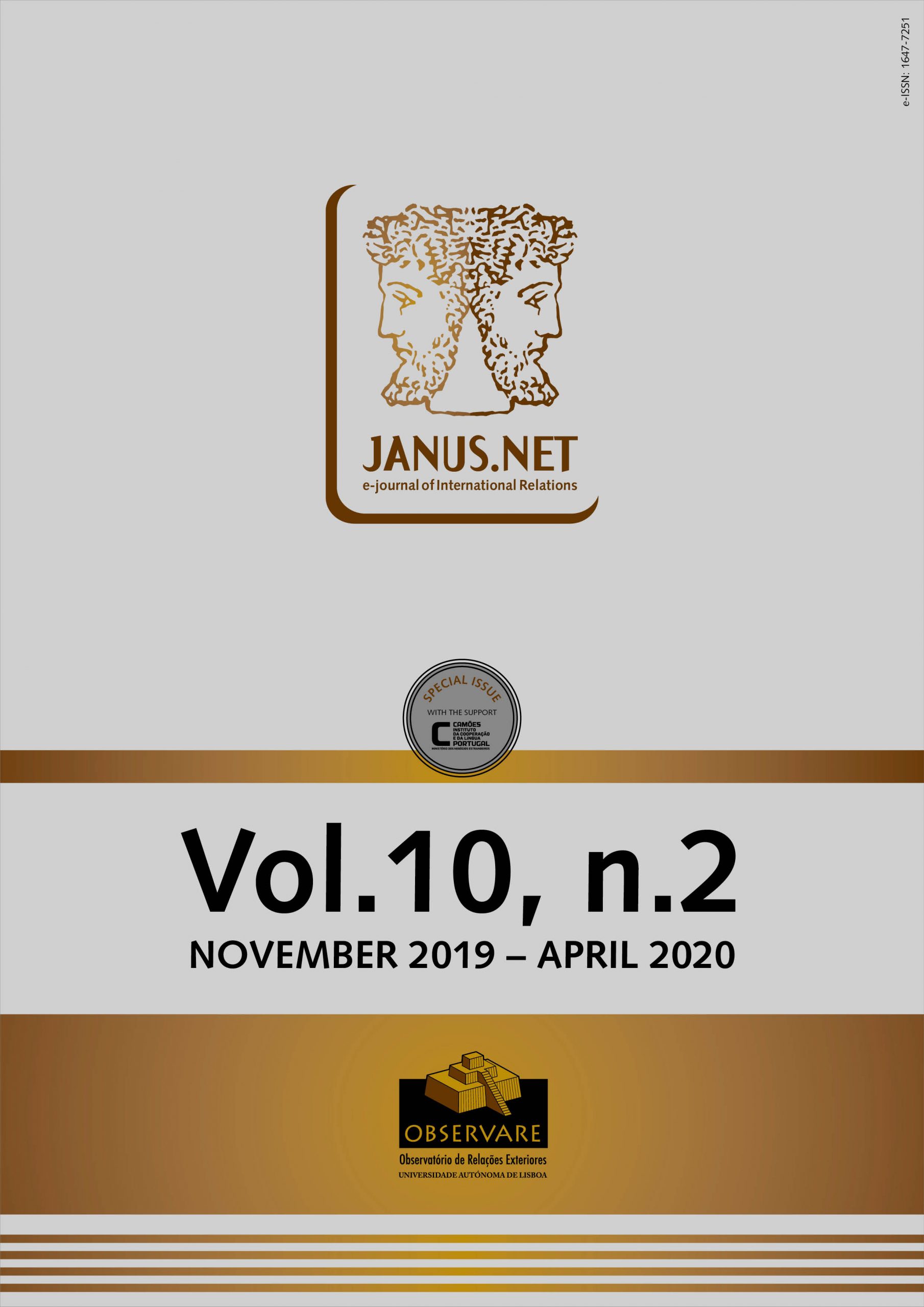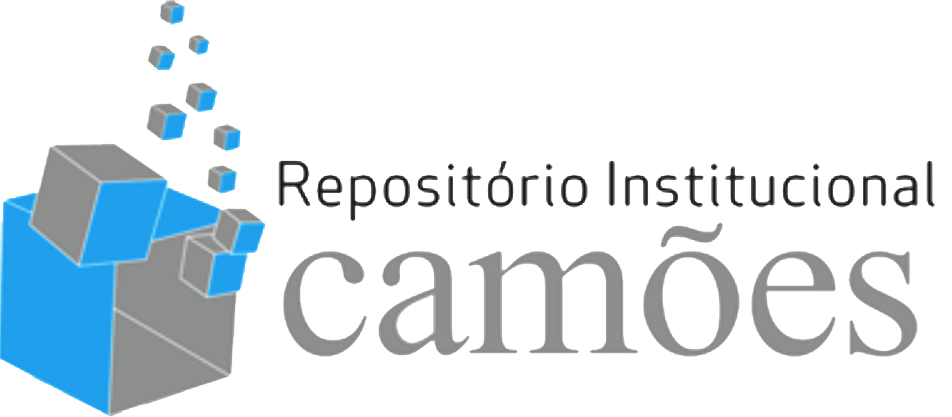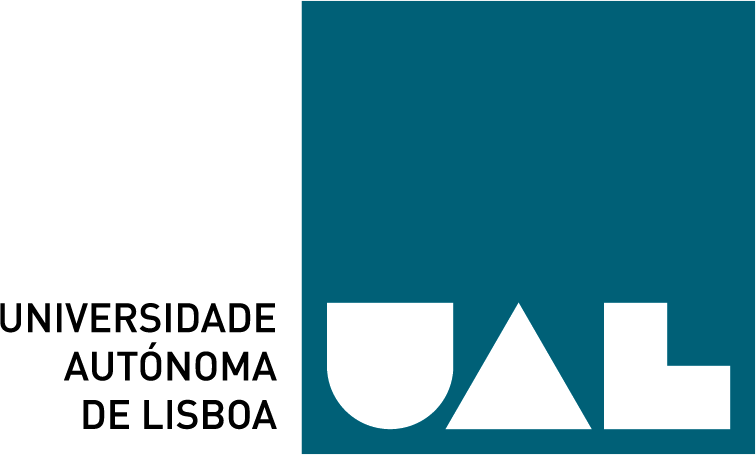Global security assemblages’ concept, in a decade of its existence, has been a useful tool to explain a lot of atypical security collaboration between private and public entities. It has greatly improved understanding of collaboration between public and private security forces, which, until then, mostly ha0s been seen through the civil-military paradigm. Through the expansion of scenarios where private security forces have been observed (to include environments not considered either at war or in peace, but somewhere in between) global security assemblages demonstrated, on numerous occasions, examples that cooperation between private and public forces may contribute to the improvement of the global security environment. Hence, how far can we stretch this concept? Private entities operate at numerous places and contexts and the concept may be a limited tool to understand their input in achieving a more stable environment. It has been set to apply in peaceful settings, but would it be possible to extend its application in unstable environments, within unpredictable security settings? This paper looks at how the concept has been used and applied so far, the scope where it can and has been applied, and draw the limitations to its use.
GLOBAL SECURITY ASSEMBLAGES: MAPPING THE FIELD*
Post-Doctoral Researcher at the University of Porto and External Examiner for Diploma Program in Global Politics at the International Baccalaureate Organization. She holds PhD in international politics and conflict resolution from the University of Coimbra. Her area of expertise includes private security governance, regulation of private security contractors, and dynamics between public and private security/military forces. Her most recent publication is Regulating US Private Security Contractors, published in 2019 by Palgrave Macmillan.
Resumo
Palavras-chave
Como citar este artigo
Ranito, Jovana Jezdimirovic (2019). “Global Security Assemblages: mapping the field”. JANUS.NET e-journal of International Relations, Vol. 10, N.º 2, November 2019-April 2020. Consulted [online] on the date of the last visit, https://doi.org/10.26619/1647-7251.10.2.5
Article received on 29 November, 2018 and accepted for publication on 17 May, 2019















